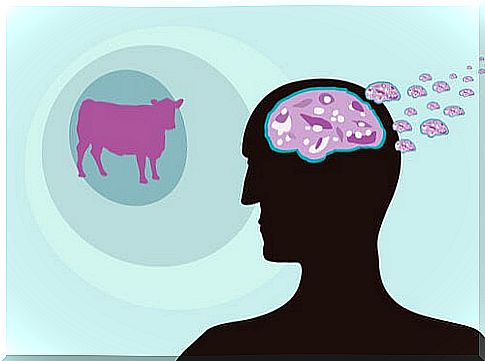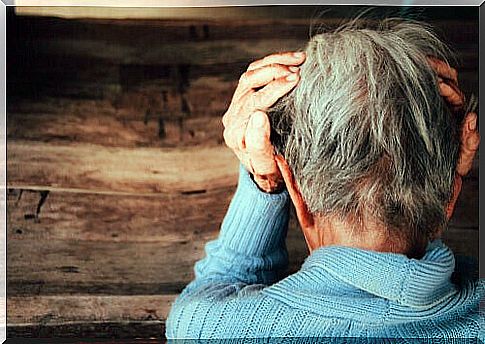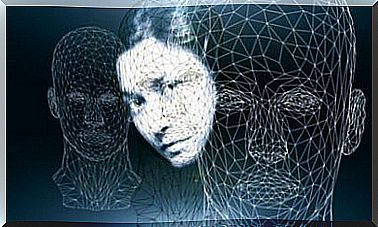Spongiform Encephalopathy Or Mad Cow Disease

Spongiform encephalopathy is a lesser known but equally important type of dementia. When we talk about dementia, we always tend to think of Alzheimer’s disease, but there are many other, more silent types of dementia that affect thousands of people.
To begin, it is important to dig a little deeper and know the definition of dementia. Dementia is a multietiological clinical syndrome that implies intellectual deterioration with respect to a previous level, usually chronic. This syndrome is not necessarily irreversible or progressive. Although the intellectual deterioration implies an affectation of the functional capacities of the subject, enough to interfere with their socio-labor activities.
Focusing on the topic that concerns us today, spongiform encephalopathy, also known as mad cow disease or Creutzfeldt-Jakob disease (CJD) is a dementia of infectious origin caused by prions. It is degenerative and appears spontaneously or by genetic inheritance. The incidence is one or two cases per 100,000 inhabitants (Vich, 2006).

Causes of CJD disease
As we have said previously, spongiform encephalopathy is infectious in origin. This is caused by prions. A prion is an altered or malformed protein that has the ability to modify similar proteins in our body and cause infections.
The incubation period of the disease can be very long. However, once symptoms begin to show, the course becomes rapid and progressive. This comes to cause death in almost 90% of cases a year from the first symptoms.
This protein affects the brain and nervous system. It causes a multitude of holes in it, which ends up giving a sponge shape. Hence the term “spongiform.” Although it is not known with certainty, it is believed that this disease can come in three ways (Vich, 2006):
- Eating sick bovine meat.
- Genetics, due to the mutation in the gene that encodes the prion protein, which determines an autosomal dominant disease transmission.
- Occasionally, iatrogenic origin.
Spongiform encephalopathy symptoms
Some of the symptoms that can be identified in people with spongiform encephalopathy are:
- Depression. Sadness, anhedonia, feeling of being a burden, lack of hope, etc., causing significant discomfort or loss
of function. - Delirio. It is a false idea or a wrong interpretation of reality. Kraepelin defines them as “psychic error that comes from a pathological cause and whose justification and rectification is resistant to logical argumentation.”
- Hallucination. It is a false perception of objects or events and is sensory in nature. The person feels, smells, hears … something that is not really there or is not happening. Esquirol says of them that they are “really perceived sensations, with no object close to the reach of the senses”.
- Ataxia. It involves loss of coordination in movements, clumsiness or stiffness.
- Memory loss.
- Difficulty speaking
- Difficulty swallowing.
- Dementia.

Ways of prevention
This disease, like others that occur as dementia, has no treatment. Therefore, it is recommended to take preventive measures whenever the authorities deem it so:
- Active and passive surveillance programs for the rapid detection of affected animals, both on the farm and in the slaughterhouse.
- Ban on meat and bone meal from mammals. As well as animal proteins transformed into animal feed for human consumption.
- Veterinary inspections in livestock farms. It is also advisable to monitor warehouses and factories of feed destined to the feeding of ruminants.
- Slaughter of potentially infected animals.
- Do not consume meat in which there is no guarantee of safety.
However, whenever there is a suspicion that there may be a contagion or that doubts arise about the disease, it is advisable to go to a professional to guide us. Health professionals are the only ones who can give us a reliable diagnosis and action measures.









